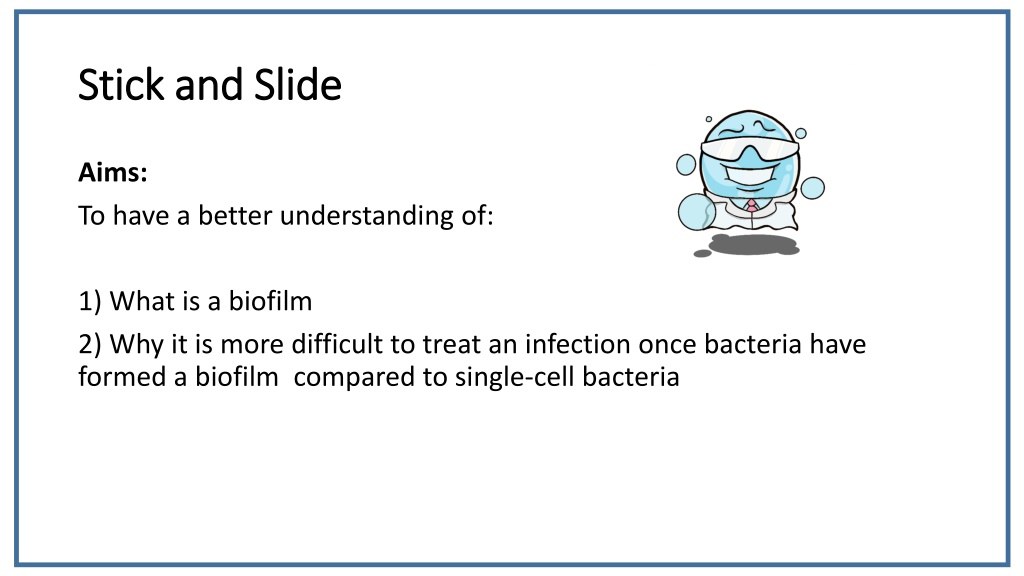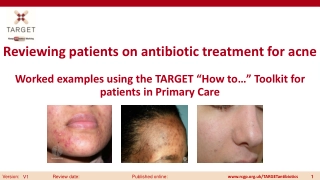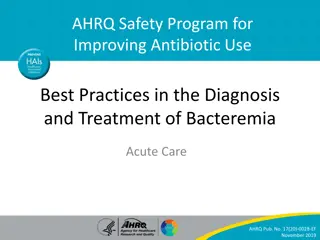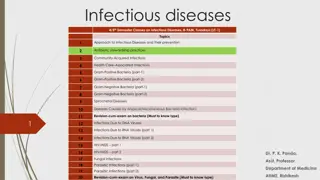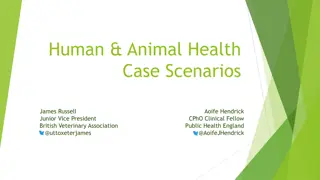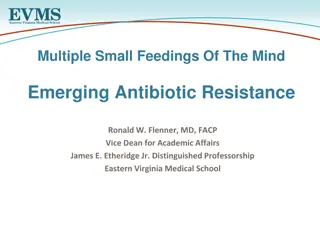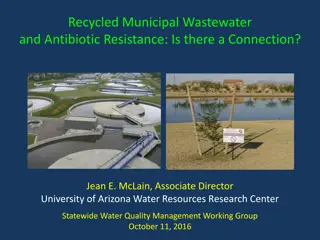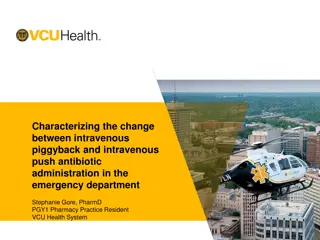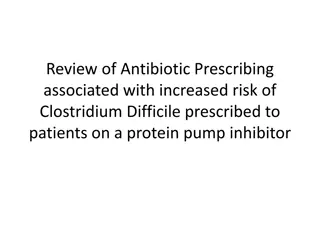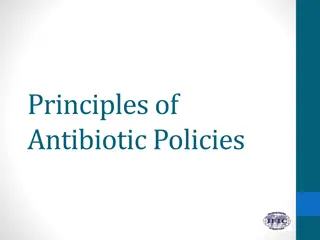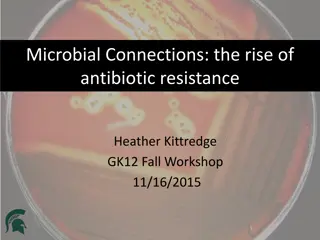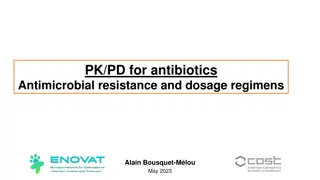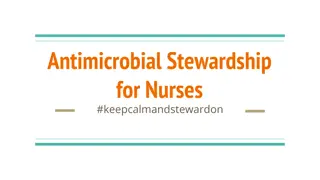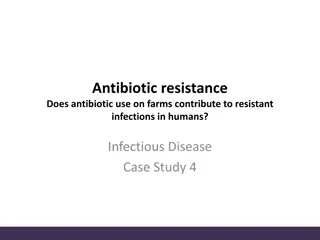Understanding Biofilms and Antibiotic Resistance in Healthcare Environments
Biofilms are colonies of bacteria that form on surfaces, making infections harder to treat compared to single-cell bacteria. This presentation explores the challenges posed by biofilms in healthcare settings and how they affect the effectiveness of antibiotics.
Download Presentation

Please find below an Image/Link to download the presentation.
The content on the website is provided AS IS for your information and personal use only. It may not be sold, licensed, or shared on other websites without obtaining consent from the author. Download presentation by click this link. If you encounter any issues during the download, it is possible that the publisher has removed the file from their server.
E N D
Presentation Transcript
Stick and Slide Stick and Slide Aims: To have a better understanding of: 1) What is a biofilm 2) Why it is more difficult to treat an infection once bacteria have formed a biofilm compared to single-cell bacteria
Reminder What is a bacteria? Bacteria is a single celled organism. Can cause disease a type of pathogen or can be useful, like bacteria found in the intestines that help digestion. Bacteria can spread easily between animals and people through food, touch, water and air. Bacteria infection can be treated using antibiotics that can kill the bacteria
Bacteria on Surfaces Can bacteria survive on a surface? Bacteria can survive on a surface for weeks. In the right environment bacteria will multiply and grow on the surface forming a colony of bacteria . In what environment is it important to prevent bacteria surviving on surfaces? Why? Healthcare environment Why - Prevent spread of infection between patients and to vulnerable people What types of surfaces are important to keep free of bacteria? Medical devices
Medical Medical devices devices any instrument used in a medical setting any instrument used in a medical setting How could bacteria be introduced? Direct hand transfer from a medical professional Indirect hand transfer from another surface Water droplets ie. Cough, sneeze or speech What is the leading cause of infections in a healthcare environment? Urinary Catheters are no.1 cause of Hospital acquired infections and cost the NHS 1billion / year
What can happen when bacteria grow on surfaces? What can happen when bacteria grow on surfaces? Formation of a monolayer and production of extra- cellular matrix Micro-colony formation Adhesion to a surface Mature biofilm slime city More difficult to kill with antibiotics Easier to kill with antibiotics
How do antibiotics work? It depends on the type of antibiotic, they can work in a number of different ways that either leads to their death or prevents reproduction eg. Attack the cell wall of the bacteria, specifically they prevent bacteria producing a molecule peptidoglycan that provides the strength the cell wall needs to survive in the human body Prevent successful DNA replication in bacteria Inhibit protein synthesis lead to cell death
Activity Activity To determine if the presence of a biofilm on a surface effects the ability of antibiotics to kill/remove the bacteria .
Discussion Discussion Which surface was easier to clean, with or without the biofilm? What methods could we try to prevent biofilms forming on the surface? How could biofilms be a problem in a healthcare environment such as a hospital?
Summary Bacteria can survive on surfaces Bacteria can survive on medical devices and cause infections in healthcare settings Bacteria can form biofilms slime cities which make them harder to treat with antibiotics
